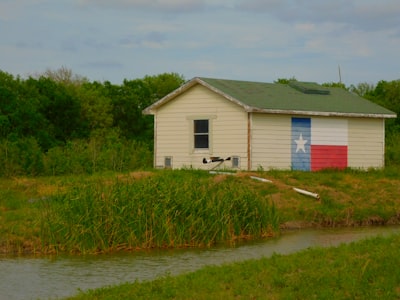Overview
Flooding in Texas is a recurrent and significant natural hazard, with the state experiencing some of the most destructive and deadly flood events in the United States. Due to its vast geography, varied climate patterns, and extensive river systems, Texas is particularly susceptible to both flash floods and riverine flooding.
Causes
The primary causes of flooding in Texas include:
- Heavy Rainfall: Intense and prolonged storms, often associated with tropical cyclones or severe weather systems, can overwhelm local drainage.
- Topography: The Hill Country and other elevated regions funnel rainfall into low-lying areas, intensifying flash floods.
- Urbanization: Increased development reduces natural ground absorption, leading to higher runoff.
- Riverine Overflow: Major rivers like the Brazos, Trinity, and Guadalupe can overflow during extended rainfall periods.
Historical Flood Events
Texas has suffered several notable floods, such as the Central Texas floods of 1921, the flooding from Hurricane Harvey in 2017, and various regional flash floods throughout the state’s history. These events have resulted in significant loss of life, property damage, and long-term economic impacts.
Social and Cultural Impact
Flooding disrupts communities, damages infrastructure, and can lead to loss of life. In addition to residential and business losses, Texas floods have affected important cultural and social institutions, including historic landmarks, recreational camps, and places of worship. The destruction of these sites can represent a profound loss for local communities and heritage.
Mitigation Efforts
Efforts to address flooding in Texas include:
- Flood Control Infrastructure: Dams, levees, and reservoirs manage high water levels.
- Improved Urban Planning: Regulations require retention ponds, green spaces, and permeable surfaces in new developments.
- Early Warning Systems: Enhanced weather forecasting and public alert systems improve preparedness.
- Community Education: Public awareness campaigns teach residents about flood risks and safety measures.
Climate Change Considerations
Climate change is projected to intensify flooding due to increased frequency of extreme rainfall events. Texas policymakers and scientists continue to study and implement adaptation strategies to manage long-term risks.
Conclusion
Flooding remains a critical issue for Texas, necessitating ongoing investment in infrastructure, policy, and community education to protect people, property, and cultural heritage from future flood events.

Comments
No comments yet. Be the first to comment!